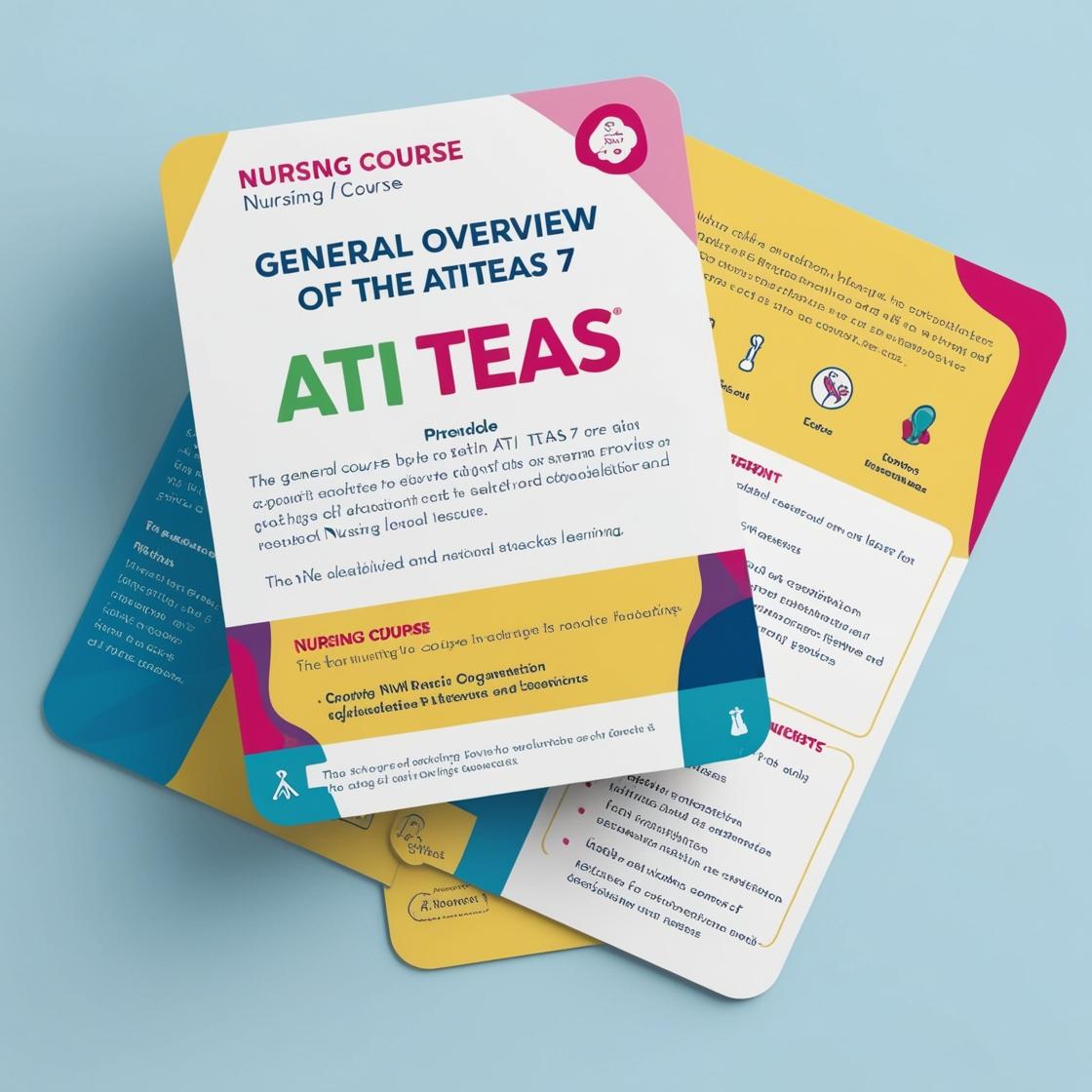ATI TEAS 7
Practice TEAS Science Test
1. Which of the following brain structures is responsible for emotions, emotional behavior, and motivation?
- A. Amygdala
- B. Cerebellum
- C. Hypothalamus
- D. Pons
Correct answer: A
Rationale: The correct answer is the amygdala. The amygdala is a key brain structure involved in processing emotions, emotional behavior, and motivation. It plays a crucial role in fear responses, emotional memories, and social behaviors. The cerebellum (Choice B) is primarily responsible for coordination and balance, not emotions. The hypothalamus (Choice C) regulates basic survival functions like hunger, thirst, and body temperature, but it is not primarily responsible for emotions. The pons (Choice D) is involved in functions such as sleep, respiration, and bladder control, but it is not the main center for emotions, emotional behavior, or motivation.
2. Which of the following does not describe a general trait of macromolecules?
- A. They can exist as single chains.
- B. They can be branched.
- C. They all contain carbon, hydrogen, and phosphorus.
- D. They are all used by the body.
Correct answer: C
Rationale: The correct answer is C. While many macromolecules contain carbon, hydrogen, and phosphorus, not all of them do. For example, lipids, a type of macromolecule, may not contain phosphorus. Choice A and B describe structural features that macromolecules can exhibit, whether as single chains or branched forms. Choice D is incorrect as not all macromolecules are used by the body, such as synthetic polymers or certain non-digestible fibers.
3. Which of the following statements is true about an allergic reaction?
- A. An allergic reaction, such as hives or wheezing, results from overactive body systems such as the integumentary and respiratory systems.
- B. An allergic reaction is a result of overactive B-cells in the body that release various immunoglobulins.
- C. An allergic reaction is caused by overactive mast cells in the body, which are stimulated by Immunoglobulin E.
- D. An allergic reaction involves substances like histamine, keratin, and collagen.
Correct answer: C
Rationale: The correct answer is C. Mast cells are responsible for releasing histamine and other chemicals during an allergic response. Choice A is incorrect because hives and wheezing are symptoms of an allergic reaction, not the causes. Choice B is incorrect as B-cells are not directly involved in allergic reactions. Choice D is incorrect as keratin and collagen are not typically involved in allergic reactions, and histamine is released by mast cells.
4. Which hormone is responsible for regulating the body's metabolism?
- A. Insulin
- B. Thyroxine
- C. Melatonin
- D. Adrenaline
Correct answer: B
Rationale: Thyroxine, also known as T4, is produced by the thyroid gland and plays a vital role in regulating the body's metabolism. Insulin is not responsible for regulating metabolism; instead, it helps regulate blood sugar levels. Melatonin is involved in regulating sleep-wake cycles, not metabolism. Adrenaline, also known as epinephrine, is a stress hormone that prepares the body for fight or flight responses, not primarily involved in metabolic regulation.
5. Which of the following statements regarding the pericardium is not correct?
- A. It allows for the heart to work in a relatively friction-free environment
- B. It is a single-walled layer around the heart
- C. It prevents overfilling of the heart with blood
- D. It protects and anchors the heart
Correct answer: B
Rationale: The correct statement about the pericardium is that it is double-walled, not single-walled. Choice A is correct because the pericardium does allow the heart to work in a relatively friction-free environment, reducing friction during heartbeats. Choice C is correct as the pericardium helps prevent the overfilling of the heart with blood. Choice D is also correct as the pericardium serves to protect and anchor the heart in place within the chest cavity.
Similar Questions

Access More Features
ATI TEAS Premium Plus
$150/ 90 days
- Actual ATI TEAS 7 Questions
- 3,000 questions with answers
- 90 days access
ATI TEAS Basic
$99/ 30 days
- 3,000 Questions with answers
- 30 days access
